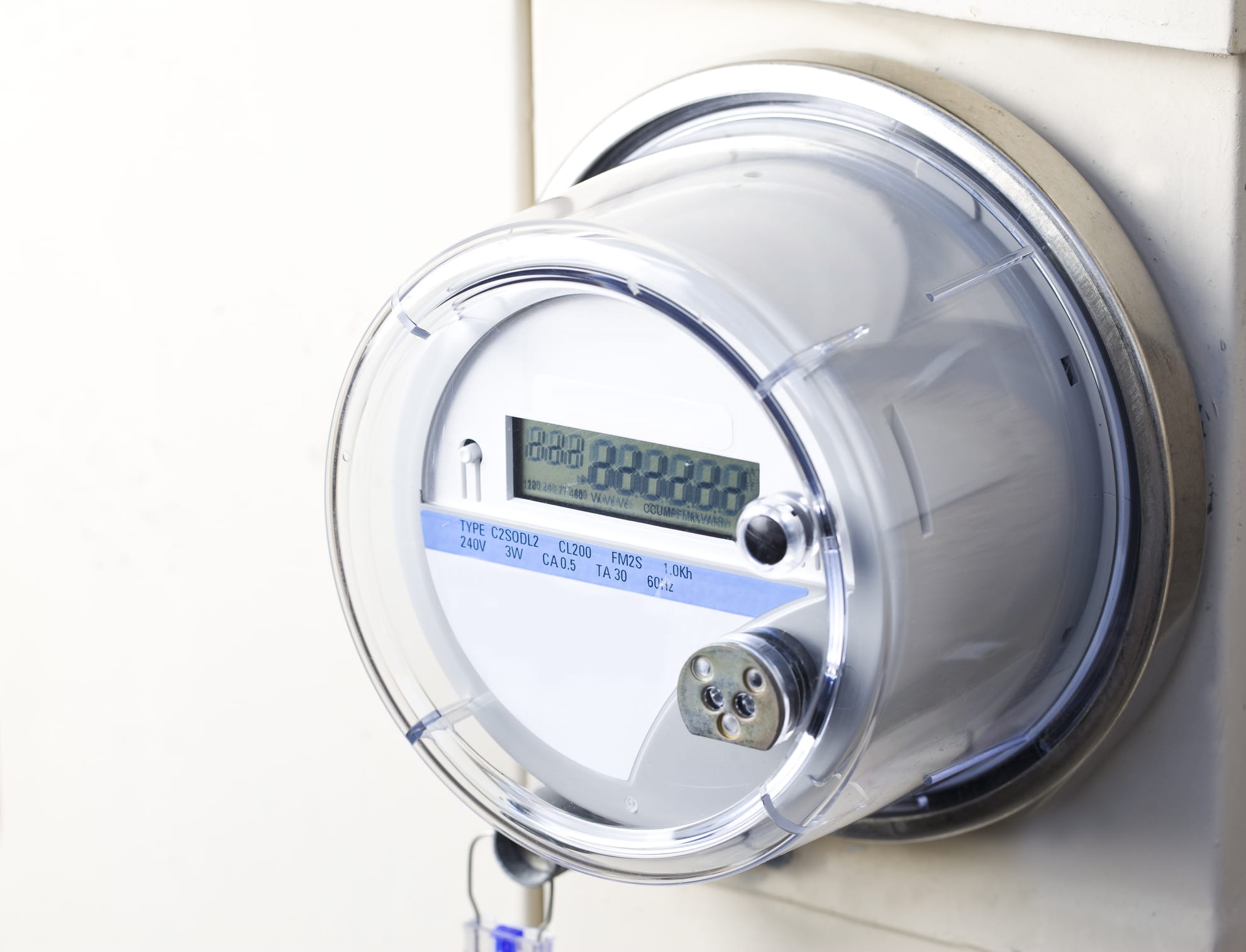
While optimism over the role of renewable energy in the United States is high, the challenge of overtaking fossil fuels en route to a larger share of the mix remains large.
Despite the enormity of the task, renewable energy generation continues to expand at steady, although incremental, pace.
Recent data from the U.S. Energy Information Agency (EIA) illustrates the trend. Released in October, the EIA’s “Electric Power Monthly” shows year-to-date trends for all sources of energy generation in the U.S. through the month of August.
According to the data, renewables accounted for just about 18 percent of the total generated from all energy sources. The largest contributors were wind and solar at 37 percent and 9 percent of the renewable total, respectively. Renewables also include hydro power, geothermal, biomass and wood-derived fuels.
While not expanding rapidly, renewables are on the upswing. Total renewable generation increased by about 5 percent from August of 2017. Wind power increased by 16 percent, and solar increased by 31 percent. Combined, renewables accounted for just about 17 percent of the total at the same time last year.
Despite this overall growth, other factors have mitigated the expansion of renewables as a share of total generation. First of all, energy generation increased overall by about 41/2 percent from last year.
Within the mix, coal generation dropped by almost 6 percentage points. Meanwhile, oil generation increased by more than 50 percent, and natural gas generation increased by 14 percent.
The poster child for fossil fuels and the target of elimination for renewable proponents, coal generation now accounts for about 27 percent of total generation, down from 30 percent last year and nearly 50 percent a decade ago.
Source: Electrical Contractor







